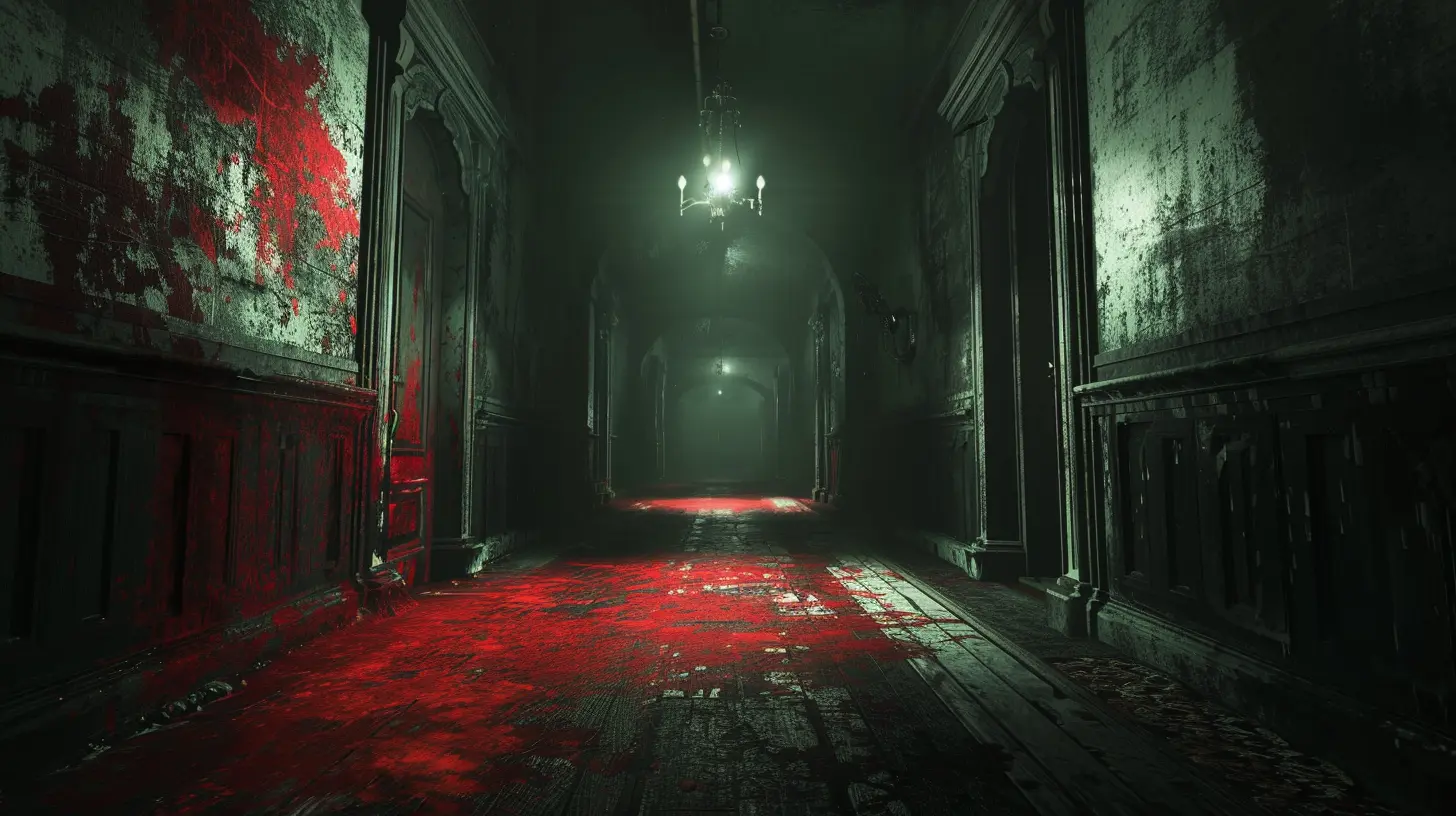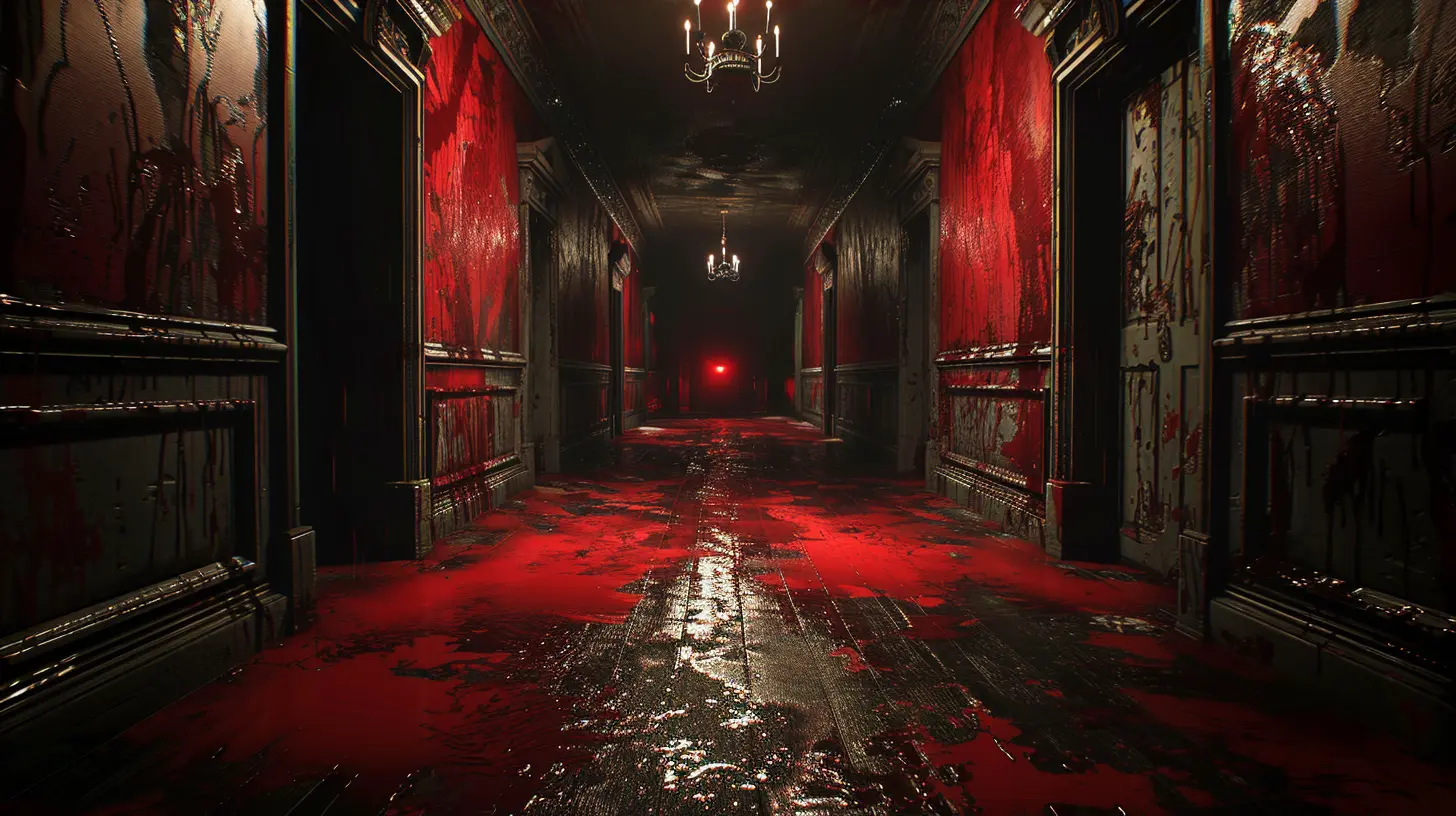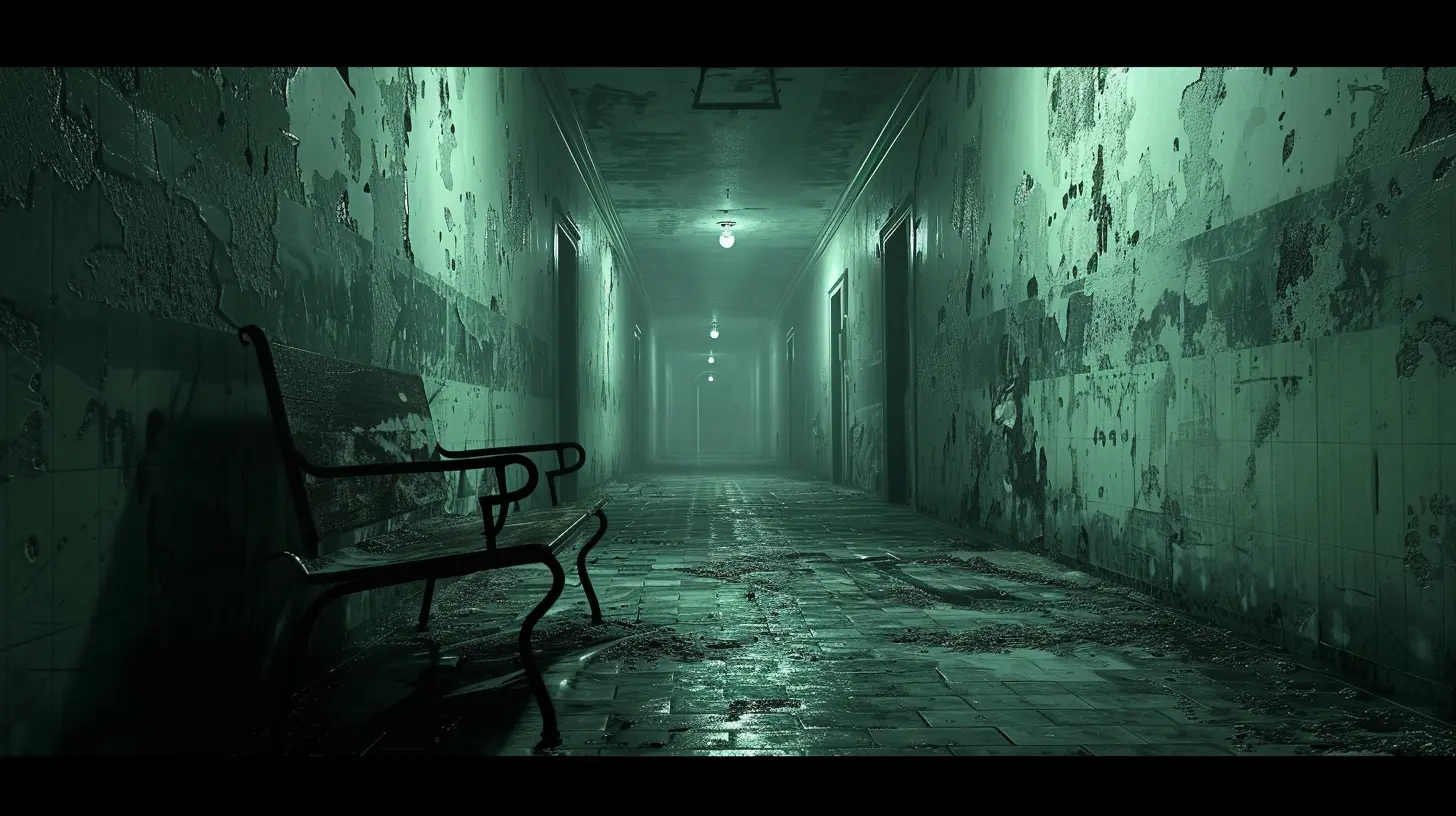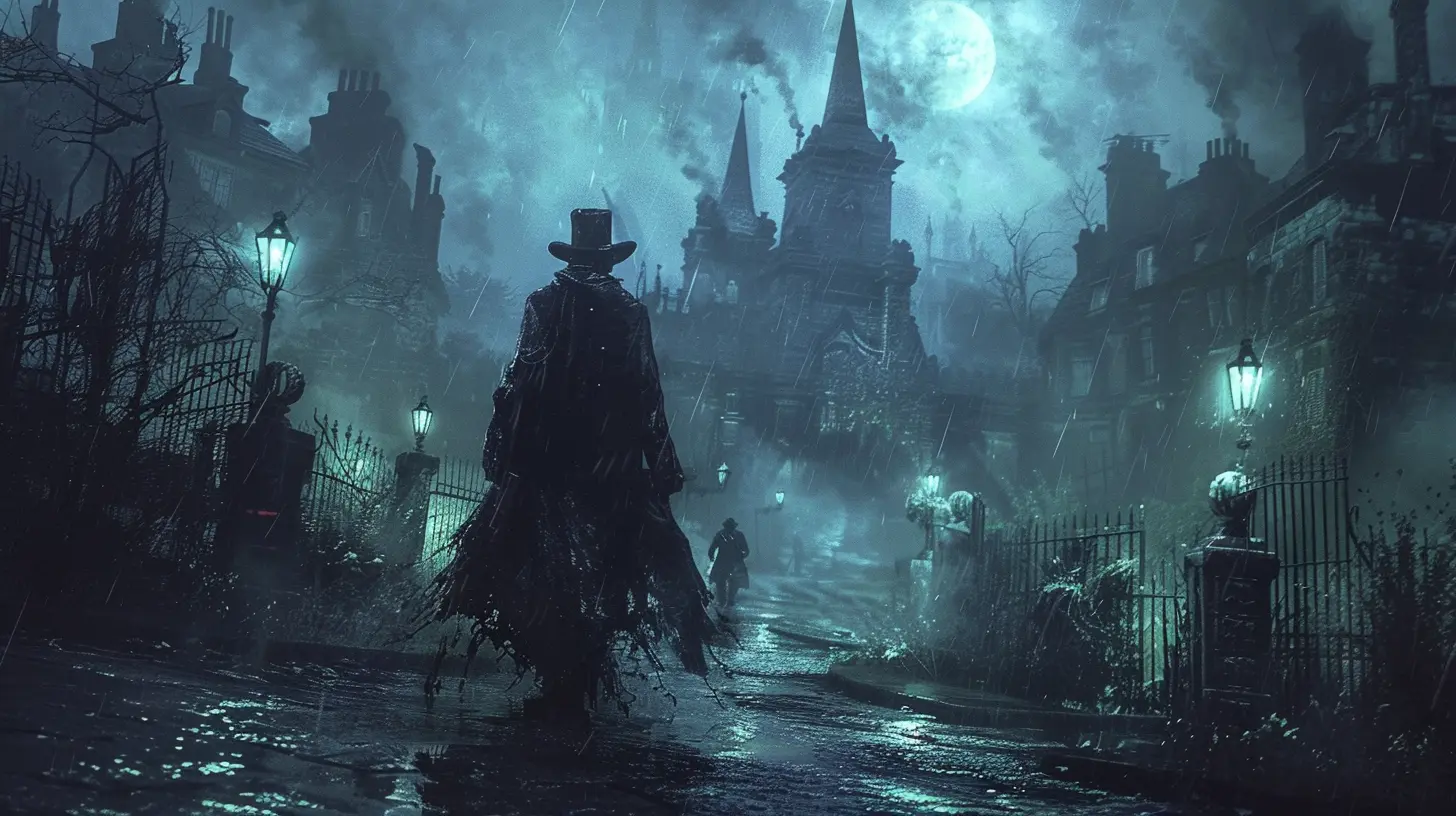The Role of Relentless Pursuers in Modern Horror Games
27 October 2025
If there's one thing modern horror games have perfected, it's making us sweat while gripping our controllers, desperately avoiding some terrifying entity that's on our tail. You know what I mean—the unkillable, ever-chasing monster that just won't quit. These relentless pursuers are the stuff of nightmares, and they've become a critical element of horror game design. But why exactly do they make our palms clammy, and how have they evolved over the years? Let’s dive into the role of relentless pursuers in modern horror games, breaking down how they keep us on edge and glued to the screen.
Why Relentless Pursuers Make Us Lose Our Minds
Before we start geeking out over our favorite relentless pursuers, let’s pause for a second and examine why these persistent baddies mess with our heads in the first place. You could argue that it all boils down to one thing: psychological pressure.Imagine you're walking down a hallway, and you suddenly hear heavy, echoing footsteps behind you. You know something is following you, but you don't dare to look back. That heart-pounding tension? That’s the magic of relentless pursuers. They tap directly into our primal fear of being hunted. It’s like playing a real-life game of tag, except instead of your buddy tapping your shoulder, you're staring down a horrifying monster that wants to devour you whole. Fun, right?
Relentless pursuers also exploit a fear of powerlessness. You can’t kill them (usually), reason with them, or even outrun them for too long. This creates an overwhelming sense of dread and forces you to think on your feet. The moment you let your guard down, boom—caught. And let’s be real, that's what makes them so thrilling.
A Glimpse at the Origins of Relentless Pursuers
Relentless pursuers aren’t a new idea. They've been around in horror media for decades. Whether it's the unstoppable killers in slasher films like Michael Myers in Halloween or Jason Voorhees in Friday the 13th, the concept of an unrelenting predator has always been a cornerstone of the genre. But gaming? Gaming cranked it up to eleven.The earliest examples of relentless pursuers in video games go back to games like Resident Evil 2 with the introduction of the Tyrant (Mr. X). This trench-coat-wearing giant could suddenly smash through walls, leaving players scrambling to escape. Then there’s Silent Hill 2’s Pyramid Head, a grotesque manifestation of guilt that stalks protagonist James Sunderland at pivotal moments. These early pursuers laid the groundwork for what would become a defining element in horror gaming.
Characteristics of a Great Relentless Pursuer
So, what makes a relentless pursuer truly memorable? There are a few key ingredients:1. Unstoppable Force: The best pursuers can’t be taken down with a simple headshot. Sure, you might be able to slow them down temporarily, but they’re coming for you no matter what.
2. Terrifying Design: Whether it’s their grotesque appearance, unsettling noises, or the way they move (looking at you, Contorted Lady from The Evil Within), these creatures thrive on scaring the living daylights out of us.
3. Unpredictable Behavior: A good pursuer keeps you guessing. Maybe they smash through walls (RE 2’s Mr. X), teleport to random places (Outlast’s enemies), or just appear out of nowhere (Alien: Isolation’s Xenomorph). You can never fully relax.
4. AI That Feels Alive: Modern horror games are pushing boundaries with AI that can outsmart players. For instance, the Xenomorph in Alien: Isolation learns from your actions and adapts, making it feel like you're battling a living, breathing predator.
Iconic Relentless Pursuers in Modern Horror Games
Let’s talk about some all-time greats who have made us scream, rage-quit, or just plain panic.1. Mr. X (Resident Evil 2 Remake)
Remember Mr. X stomping around ominously in his fedora and trench coat? Yeah, he's become a poster child for relentless pursuers. Capcom really nailed it in the 2019 remake of Resident Evil 2. The booming sound of his footsteps alone is enough to make your heart race. No matter how far you run, you’ll hear him coming… slowly, surely, and terrifyingly.2. Nemesis (Resident Evil 3)
Another Resident Evil classic! Nemesis took everything Mr. X did and cranked it up with weapons, speed, and surprise appearances. He’s like Mr. X on steroids but with an even bigger grudge against you. Every scream Nemesis bellows ("STAAAAARS!") still haunts my dreams.3. Xenomorph (Alien: Isolation)
The Xenomorph deserves a standing ovation for being one of the scariest enemies ever created in gaming. This isn’t your typical "chase and lose them" type. Nope. The Xenomorph actively hunts you, using advanced AI to track your movements, predict your hiding spots, and adjust its tactics based on how you play. It’s like playing hide-and-seek with the ultimate predator.4. Lisa (P.T.)
Technically, P.T. isn’t even a full game, but Lisa, the ghost who haunts you throughout the infamous playable teaser, deserves a spot on this list. She’s always there—in the corner of your vision, breathing down your neck, or dragging you into the darkness. Sometimes you’re not even sure if she’s actually chasing you… and that lingering doubt is what makes her terrifying.5. Lady Dimitrescu’s Daughters (Resident Evil Village)
Okay, so maybe these vampiric sisters are overshadowed by their towering mom, but they’re still relentless in their own right. Their slow, creepy advances and taunting dialogue create a dynamic where you’re always under threat, especially in confined spaces.How Relentless Pursuers Keep Horror Games Fresh
Relentless pursuers have become a tried-and-true formula for scares, but developers are finding new and creative ways to use them. One of the biggest innovations is incorporating AI that learns from player behavior, like in Alien: Isolation. This prevents players from falling into predictable patterns, forcing them to adapt constantly.Another trend is blending relentless pursuers with open-world gameplay. In The Evil Within 2, for example, you’re stalked by creatures even when exploring relatively large areas, which makes the world feel less safe. Similarly, in Resident Evil Village, there’s always a looming threat in the background, even as you solve puzzles or collect resources.
And, of course, visual and audio design are leveling up too. Modern horror games utilize hyper-realistic graphics, dynamic lighting, and spine-chilling audio to immerse players more than ever before. That low growl you hear in your headphones? It's not just background noise—it's a reminder that something dangerous is coming for you.
Why We Keep Coming Back for More
Here’s the kicker: Despite how much they freak us out, we love relentless pursuers. Why? Because they add tension, unpredictability, and stakes to the experience. Without them, horror games would feel too predictable or even dull. Plus, there’s something oddly satisfying about narrowly escaping an encounter with a relentless hunter. It’s like surviving a rollercoaster ride—terrifying in the moment but exhilarating once it’s over.Relentless pursuers turn survival horror games into adrenaline-pumping experiences. They make us feel vulnerable, sure, but also alive. That constant cycle of fear and relief is what keeps us coming back for more, even if we spend half the time screaming at the screen.
What Does the Future Hold for Relentless Pursuers?
So, what’s next for these heart-attack-inducing antagonists? With advancements in gaming technology, the possibilities are endless. Imagine even smarter AI that can predict your every move or VR games where relentless pursuers feel like they’re breathing down your neck in real life (terrifying, but sign me up).We might also see more narrative depth added to these pursuers. What if the enemy chasing you has a tragic backstory that makes you sympathize with it—like Pyramid Head in Silent Hill 2? Blending emotional depth with horror could create even more unforgettable experiences.
Whatever the future holds, one thing’s for sure: Relentless pursuers aren’t going anywhere. They’ve become a staple of the genre, and we wouldn’t have it any other way (even if they do keep us up at night).
all images in this post were generated using AI tools
Category:
Horror GamesAuthor:

Luke Baker
Discussion
rate this article
1 comments
Virginia Velez
Relentless pursuers in modern horror games amplify tension and fear, immersing players in a heart-pounding chase. These relentless entities not only create a sense of urgency but also challenge players' wits and strategies, enhancing the overall experience. It's a brilliant evolution of horror gameplay that keeps us on edge.
October 27, 2025 at 4:28 AM

Luke Baker
Thank you for your insights! I completely agree—relentless pursuers truly elevate the horror experience, heightening both tension and player engagement.


